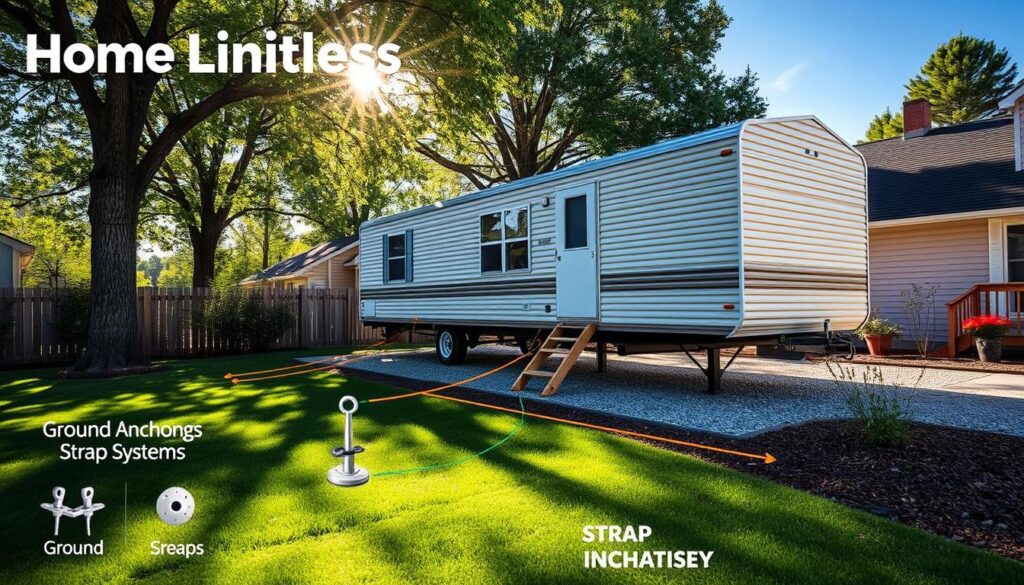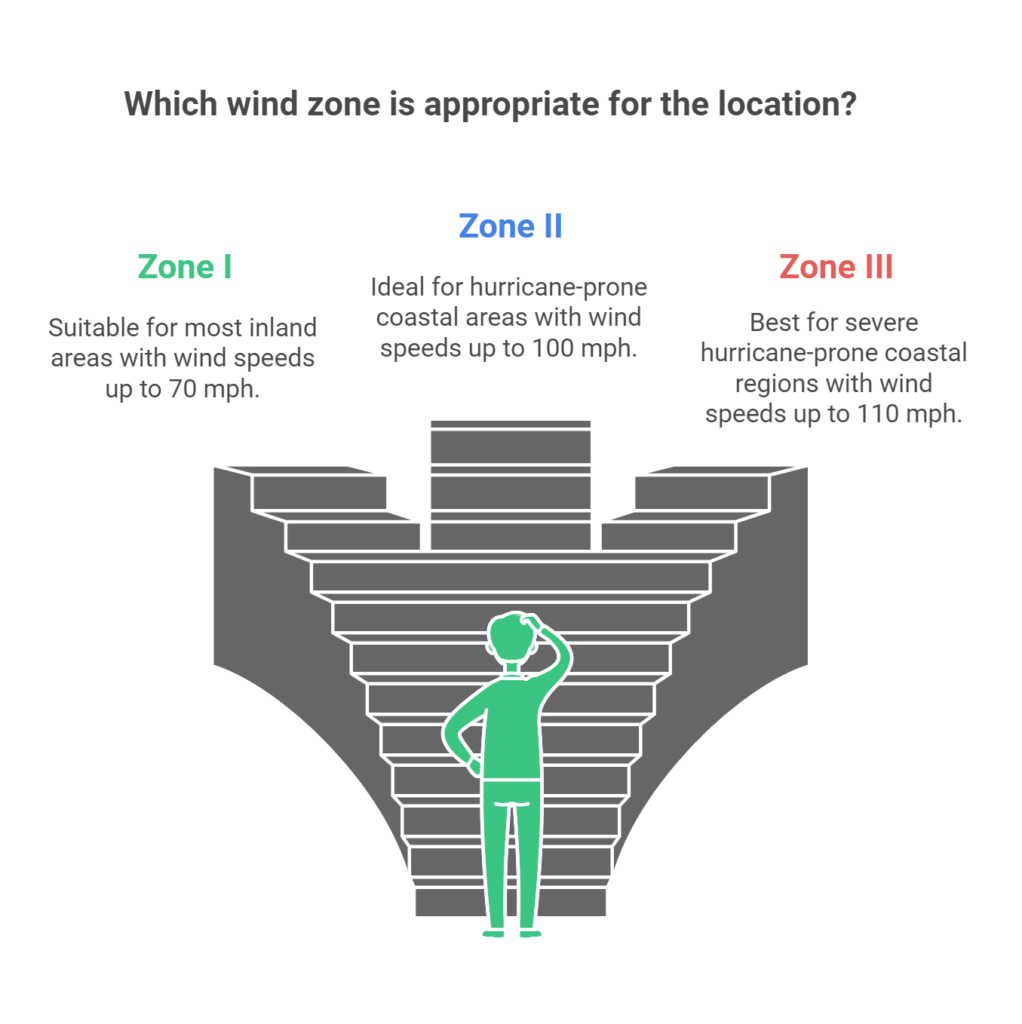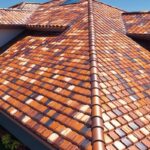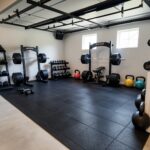Did you know that manufactured homes are 33% more likely to be damaged during windstorms than traditional homes? This fact shows how important it is to anchor mobile homes properly. These homes are light and sit on piers or foundations, making them more unstable.
Choosing the right anchors for your mobile home is key. It affects your safety, insurance, and even your home’s value. Factors like wind zones and soil types play a big role in picking the best anchors.
It’s important to know about the different types of mobile home anchors. There are earth, concrete, and helical anchors. Each is made for different soil and wind conditions, keeping your home safe.
In this guide, we’ll explore mobile home anchoring in-depth. We’ll cover HUD code rules and why keeping anchors in good shape is important. By the end, you’ll know how to pick, install, and care for the best anchors for your mobile home. This will keep it stable and give you peace of mind.
Table of Contents
Key Takeaways
- Proper anchoring is crucial for mobile home safety and stability
- Wind zones and soil conditions greatly influence anchor selection
- HUD code compliance is essential for manufactured home anchoring
- Regular inspection and maintenance of anchors are vital for long-term safety
- Professional installation often comes with warranties and ensures correct setup
Understanding Mobile Home Anchoring Systems
Anchors for mobile homes are key to keeping them safe and stable. They help these homes face challenges like high winds. High winds can be a big risk for these structures.
Importance of Proper Anchoring
It’s vital to anchor mobile homes right. This stops them from moving or flipping over in bad weather. A well-anchored home can handle wind loads in different zones. Each zone has its own rules for anchoring systems for the best stability.
HUD Code Requirements
HUD rules are strict for mobile home anchoring. They say homes must handle certain wind loads based on their zone. Key rules include:
- Anchor systems must be at all four corners for doublewide homes
- Singlewide homes need anchors at each end
- Homes in Wind Zone II need two longitudinal supports
- Anchors should be 8 to 10 feet apart, with 6 to 10 anchors per home
Safety and Stability Considerations
When picking anchors for mobile homes, think about a few things for safety:
- Soil type: Different soils need different anchor designs
- Corrosion resistance: Galvanized anchors, introduced around 2012/2013, last longer
- Proper installation: Anchors should be at a 30 to 45 degree angle from horizontal
- Regular checks: Look for wear or damage, especially in older systems

Following these rules and HUD regulations can make mobile homes safer and more stable. This gives homeowners peace of mind in all kinds of weather.
Factors Influencing Anchor Selection
Choosing the right trailer house anchor is important. You need to think about wind zones, soil tests, and local laws. These all help decide the best anchor for your home.
Wind Zones and Their Impact
The U.S. is split into three wind zones. Each zone has its own wind speed rules. These rules tell you how many and what kind of anchors you need.
Zone I has lower winds, while Zone III has the strongest. Zone III needs the strongest anchors to keep homes safe.
Soil Classifications and Testing
Soil affects how well anchors work. Soil can be solid rock or loose sand. Testing the soil is key to picking the right anchor.
A soil test probe helps figure out the soil type. This way, you can choose anchors that work well in your ground.
| Soil Class | Description | Recommended Anchor Type |
|---|---|---|
| Class 1 | Solid Rock | Rock Bolts |
| Class 2 | Dense Clay | Screw-in Anchors |
| Class 3 | Sandy Clay | Helix Anchors |
| Class 4 | Loose Sand | Expandable Anchors |
Local and State Regulations
Every area has its own rules for anchoring mobile homes. Some places require certain anchors for each soil type. Others have rules based on the local weather.
It’s important to check with local authorities. This makes sure your anchors meet all the laws and standards.

Think about these factors when picking an anchor. This ensures your mobile home is safe and stable. Always get professional help and check your anchors often.
Types of Mobile Home Anchors
Mobile home anchors are key to keeping homes safe from storms and hurricanes. There are two main types: ground anchors and concrete anchors. Each is chosen based on the soil and local rules.
Ground anchors work well on different soils. They come in designs like auger-style, strap-style, and helical. These anchors dig deep into the ground for stability. The right one depends on the soil and wind zone.
Concrete anchors are best for homes on a concrete slab. They provide a strong base and meet certain building codes. Prices for these anchors vary, from $5.90 for simple ones to $68.75 for full shed kits.
| Anchor Type | Price Range | Best For |
|---|---|---|
| Single Disc | $12.37 – $18.50 | Standard soil conditions |
| Double Disc | $15.75 – $32.18 | Loose or sandy soils |
| Galvanized | $18.90 – $32.18 | High moisture areas |
There are also specialized anchors like Iron Root Double Head and Deep Set. They’re for specific soils and wind zones. Picking the right anchor is key to meeting safety codes.
Determining Wind Zones for Your Mobile Home
Knowing about wind zones is key for mobile home safety. The HUD wind zone map splits the U.S. into three zones based on wind speeds. This helps make sure homes can handle local weather, especially in areas prone to hurricanes.
Wind Zone I Specifications
Wind Zone I covers most of the U.S. interior. Homes here must face winds up to 70 mph. About 40-50 states fall into this zone, making it the most common for mobile homes.
Wind Zone II Requirements
Wind Zone II is for areas at risk of hurricanes. Homes must resist winds up to 100 mph. Coastal areas, especially in Florida, are in this zone. It’s important for safety in these high-risk spots.
Wind Zone III Considerations
Wind Zone III faces the highest wind speeds. Mobile homes here must handle winds up to 110 mph. This zone includes coastal areas most at risk from severe hurricanes.

Manufacturers build homes to meet HUD standards based on wind zones. You can find your mobile home’s wind zone on its HUD data plate or exterior tag. Knowing this is crucial for safe installation and living in your chosen area.
Soil Testing and Classification
Soil testing is key to picking the right anchors for your mobile home. A soil penetrometer, or soil test probe, finds out the soil class and anchor strength. This step makes sure your home is safe in different weather.
Using a Soil Test Probe
The soil test probe #59200 is a common tool for mobile home soil testing. It checks soil resistance in inch-pounds, helping choose the right anchor. By pushing the probe into the ground and measuring the force needed, you can find the soil class.
Understanding Soil Classes
Soil classes go from 1 to 4B, each with its own traits that affect anchor strength. Here’s a quick look at the main soil classes:
| Soil Class | Description | Test Value (lbs) |
|---|---|---|
| 1 | Solid rock | 550+ |
| 2 | Very dense/cemented sands | 351-550 |
| 3 | Dense sands/firm clays | 276-350 |
| 4A | Medium dense sands | 175-275 |
| 4B | Loose sands | <175 |
Importance of Accurate Soil Classification
Getting the soil class right is crucial for choosing the right anchors and following HUD rules. Different soils need different anchors to hold well. For example, softer soils might need longer rods or bigger plates for support. Doing mobile home installation right, including soil testing, keeps your home safe and stable.
Mobile Home Anchors: Selecting the Right Type
Choosing the right anchors for your mobile home is key for safety and stability. The right choice depends on the soil and wind zone. Let’s look at the different types of anchors and when to use them.
In Class 1 soils, Cross Drive Rock Anchors are the best choice. They work great in rocky areas. For Classes 2-4B soils, Iron Root Double Head anchors or Deep Set anchors are better. These anchors hold strong in various soil types.
Stabilizer plates are important to stop the home from moving sideways, especially in Classes 2-4B soils. It’s important to space anchors correctly. Always check your home’s setup manual or HUD code 3285 for the right spacing.
| Soil Class | Recommended Anchor Type | Additional Requirements |
|---|---|---|
| Class 1 | Cross Drive Rock Anchors | None |
| Class 2-4B | Iron Root Double Head Anchors | Stabilizer Plates |
| Class 2-4B (Alternative) | Deep Set Anchors | Stabilizer Plates |
Older homes and single-wides need both over-the-top tie-downs and frame anchors. Newer homes and double-wides usually just need frame anchors. The number of anchors needed depends on the wind zone, so check wind zone charts for the right number.
Before you start, figure out your soil type. A building inspector can help pick the right anchor. Remember, rules for anchoring and blocking vary by state and local area. Some places have special rules or inspections for tie-downs.
Ground Anchor Installation Process
Installing ground anchors for your mobile home is vital for its stability and safety. It requires careful planning, the right techniques, and tools. Let’s explore the main steps of ground anchor installation.
Site Preparation and Safety Checks
Start by preparing the site and doing safety checks. Always look for underground utilities to avoid accidents. The HUD’s 2013 rule amendment stresses the need for proper anchor installation.
Proper Installation Techniques
Choosing the right tools is key for a secure installation. The Electric Drive Machine is a top pick for efficient setup. Here’s how to do it:
- Determine anchor locations based on your mobile home’s specifications
- Choose between surface-mounted or embedded anchors
- For surface-mounted anchors, ensure quick and easy installation
- With embedded anchors, allow 24-48 hours for initial concrete hardening
- Use proper torque settings as specified by the manufacturer
Using Stabilizer Plates
Stabilizer plates are crucial for preventing lateral movement. They are especially important in certain soil conditions and wind zones. When installing mobile home tie down straps, add stabilizer plates for extra security. HUD’s field testing has shown this combination works well in different soils.
Remember, proper installation is essential for safety and your mobile home’s stability. Always follow manufacturer guidelines and local laws for the best results.
Concrete Anchoring Options for Mobile Homes
Concrete anchors are key to keeping mobile homes stable on concrete slabs. There are two main types: wet and dry concrete anchors. Each has its own benefits for different situations.
Wet concrete anchors, like the J Rod Concrete Anchor, are set in during concrete pouring. This creates a strong bond between the anchor and the foundation. Installers use 31-inch stems for deep, stable anchoring.
Dry concrete anchors, like Double Head or Single Head Anchors, fit into existing slabs. They’re perfect for updating older mobile home foundations.
Both wet and dry anchors can handle heavy loads, important for harsh weather. The Cross Vector system, used for doublewides, needs 6 to 10 anchor sets. These are spaced 8 to 10 feet apart for full stability.
| Anchor Type | Installation Method | Load Capacity | Best Use Case |
|---|---|---|---|
| J Rod Concrete Anchor | Wet concrete | High | New foundations |
| Double Head Anchor | Dry concrete | High | Existing slabs |
| Single Head Anchor | Dry concrete | Medium to High | Retrofitting |
Getting anchors installed right is essential. For example, the Vector Cross Strap system needs base plates in concrete at least 14 inches deep. This ensures the anchor can handle the 4,800 pounds of pull force HUD standards require.
Maintenance and Inspection of Mobile Home Anchors
Keeping your mobile home safe starts with regular anchor maintenance. It’s important to keep your anchoring system in good shape. This prevents damage during high winds and storms. Let’s look at the key steps for maintaining and inspecting your mobile home anchors.
Regular Inspection Schedules
Make a plan for mobile home safety checks. Check your anchors at least twice a year, especially before storm seasons. Look for corrosion, loose connections, or soil erosion around the anchors. This helps prevent big problems and keeps your home secure.
Signs of Wear and When to Replace Anchors
Watch for signs that mean you need to replace anchors. Look for rust, bent or damaged parts, and loose or missing hardware. If you see these signs, replace the anchors right away. Remember, keeping your home safe is as important as staying fit at home.
Professional Inspection Services
While DIY checks are good, professional inspections are even better. Experts can find problems you might miss and check if everything meets local rules and HUD standards. Think about getting a professional inspection every year for extra peace of mind.
| Inspection Type | Frequency | Key Focus Areas |
|---|---|---|
| DIY Check | Twice a year | Visual inspection, tightness of connections |
| Professional Inspection | Annually | Compliance check, detailed assessment, recommendations |
| Post-Storm Check | After severe weather | Damage assessment, immediate repairs |
By following these guidelines, you can greatly reduce the risk of anchor failure. This ensures your home stays stable for a long time. Remember, replacing anchors on time is crucial for a safe home for you and your family.
Conclusion
Choosing the right anchors for your mobile home is key for mobile home security and safety. This anchor selection guide highlights the need to think about wind zones, soil types, and local laws. In Florida, where mobile homes are common, anchoring correctly is not just a good idea—it’s the law.
Skirting and tie-downs are crucial for manufactured home safety, especially in areas prone to hurricanes. They help protect against strong winds, save energy, and even increase your home’s value. There are different tie-down systems, like ground anchors, concrete slabs, and helical piers.
Keeping up with maintenance and inspections is essential for long-term safety. Anchors can rust or get damaged, which might affect your insurance. It’s smart to get licensed contractors to replace anchors, making sure your home meets safety standards. By following this guide and focusing on proper anchoring, you’re protecting your investment and following safety rules.








8 thoughts on “5 Essential Facts About Mobile Home Anchors: Key Pros and Cons Explained”